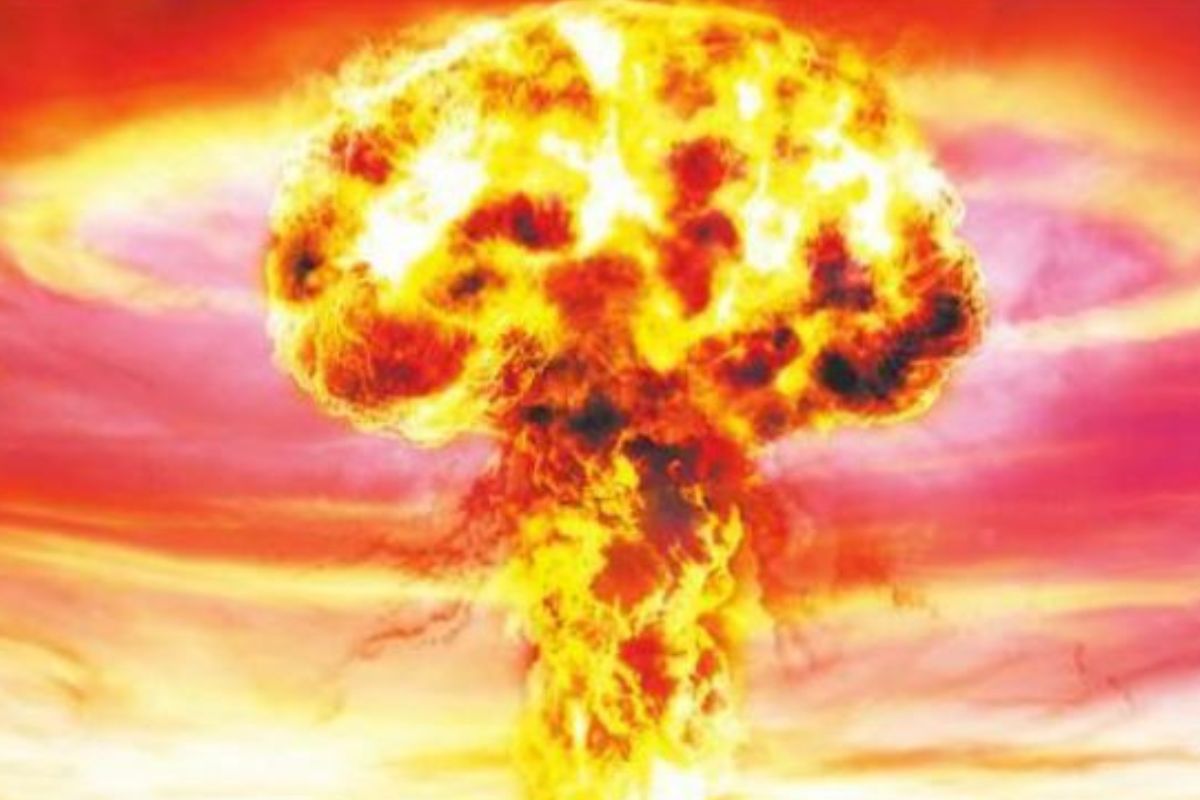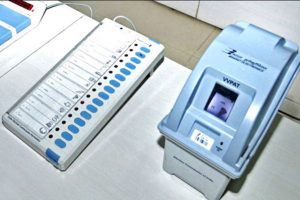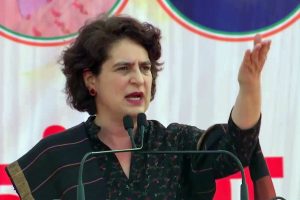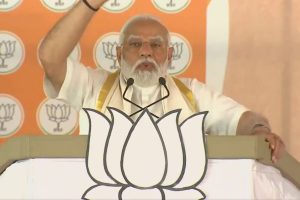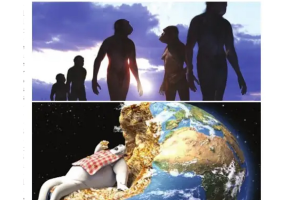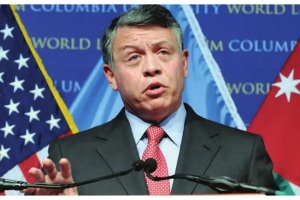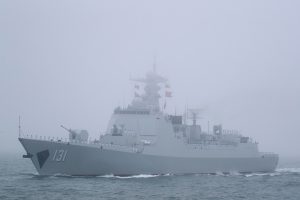On 16 July 1945, the world witnessed the mind-boggling destructive power hidden inside a nuclear bomb. After seeing the catastrophic might of the bomb at the Trinity Test Site in Alamogordo, New Mexico, Robert Oppenheimer, director of the Manhattan Project, famously invoked a quote from the Bhagavad Gita, “Now I am become death, the destroyer of worlds.”
In the decades following the atomic bombings of Hiroshima and Nagasaki in 1945 which killed an estimated 120,000 people instantly, the global nuclear arsenal swelled to frighteningly dangerous levels. Today, we are living in perpetual fear of ever-powerful nuclear weapons in the armoury of the US, Russia and China, hanging over our heads like the Sword of Damocles.
Our anxiety about a nuclear war reached a new height after Russian President Vladimir Putin threatened to use nuclear weapons in Ukraine. However, most nuclear experts believe that the likelihood of Russia actually using a nuclear weapon in the Ukraine war is still relatively low. Regardless, given Putin’s current predicament, his public statements and recent drills of Russian defence forces practising the delivery of a massive nuclear strike, the threat is seen as increasing.
As scientists study the likely ramifications of a nuclear war, a new term has been added to our vocabulary: nuclear winter. It is a phenomenon in which the Earth’s atmosphere will be so full of smoke and a noxious mixture of particulates and gases from the firestorms caused by nuclear bombs that sunlight will be drastically reduced or may not even reach the Earth’s surface, resulting in a prolonged cooling of our planet. Clearly, the concept of nuclear winter deals with the environmental collateral damage of a nuclear war.
Indeed, the idea of nuclear winter first gained attention in the 1970s, when a group of scientists, including the renowned astronomer Carl Sagan, considered the environmental consequences of a nuclear war. Even though it is a chilling concept, there are credible precedents of nuclear winter. In 1980, the father-son duo of Luis and Walter Alvarez presented evidence that the impact of an asteroid hitting the Earth at the end of the Cretaceous Period some 65 million years ago scattered enough dust and debris into the air so as to darken the sky for an extended period of time.
The subsequent climate change cooled the Earth by four to five degrees Celsius. Also, the abnormally cold summer of 1783, both in Europe and in the US, is attributed to the enormous eruptions of a chain of volcanoes in Iceland that lasted for eight months. The effects of a full-scale war using strategic, long-range nuclear weapons may vary, depending on the severity of the war. In the worst case scenario, the temperature at ground zero will reach several million degrees, the sky will blaze with the “radiance of a thousand suns,” millions of lives will be burnt beyond recognition, cities and forests will be incinerated to embers, and streams of smoke will ascend into the atmosphere shrouding the planet in surging, black clouds of ash.
Simply put, our planet will possibly become uninhabitable. Even on a small scale, regional nuclear war will disrupt life and the climate cycle beyond measure. Drawing on the work of Sagan and climate models created by meteorologists, scientists at Louisiana State University in Baton Rouge warn that a nuclear war between the US and Russia will result in fires that can spew “more than 330 billion pounds of smoke and sunlight-absorbing black carbon into the upper atmosphere,” causing a protracted period of darkness around the world. As a consequence, global temperatures may decrease by 10-15 degrees. In the event of an all-out-war scenario, some models predict global cooling by as much as 20 degrees.
Such a sharp drop in temperature will push the Earth into a “Mini Ice Age,” perhaps lasting for a few decades. The prospect of a nuclear war triggering an ice age was first speculated by the science fiction writer Poul Anderson in his iconic 1947 post-apocalyptic story Tomorrow’s Children. A separate study conducted by scientists at Rutgers University in New Jersey found that a nuclear war would result in millions of instant deaths. In the long run, millions more who were not even close to the blast site will die from exposure to harmful radiation and exceptionally cold temperatures. The study further notes that the blockage of sunlight will greatly affect the ecosystem by wiping away a lot of plant and animal lives, thereby starving two-thirds of the world population to death within two years.
Low-yield tactical nuclear weapons that are generally designed for battlefield use and have a shorter range than strategic nuclear weapons may not lead to nuclear winter. Nevertheless, many Russian and US tactical weapons are far more powerful than the bomb dropped on Hiroshima, and thus can cause extraordinary destruction and deaths of countless innocent civilians. Without providing any evidence, Russia is accusing Ukraine of planning to use a dirty bomb, which is a weapon that combines conventional explosives like dynamite with radioactive material like uranium or plutonium.
Unlike the blast from a nuclear weapon that is activated by a nuclear reaction, the blast from a dirty bomb is generated by conventional explosives. Often referred to as a weapon for terrorists, it is designed to spread fear and panic more than eliminate any military target. The radiation released by a dirty bomb will be similar to the radiation emitted after the 1986 accident at the Chornobyl nuclear power plant, which claimed thousands of lives.
The bottom line is, the Cold War may be over, but with tensions rising between Russia and Nato over Ukraine, the prospect of a widespread nuclear war seems real. Once the war starts, the nuclear weapons fired by the warring nations at each other and/or across different continents will herald the onset of nuclear winter with ominous reddish-brown mushroom clouds billowing above the horizon.

